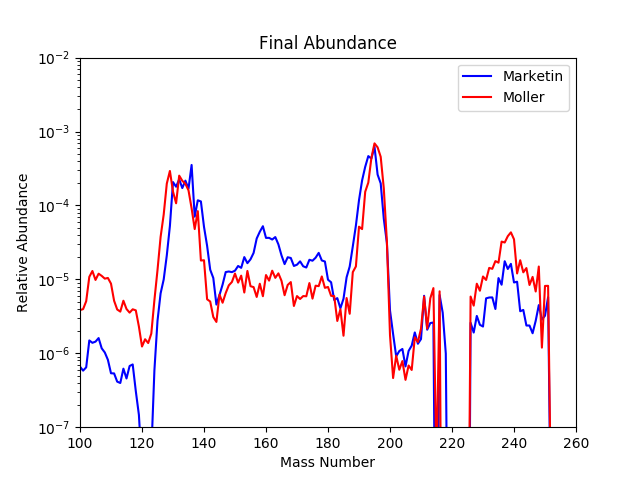Beta-decay experiments

Members of the BRIKEN collaboration after completing a successfull run of beta-delayed neutron measurements at the Radioactive Isotope Beam Factory (RIBF) laboratory in Japan.
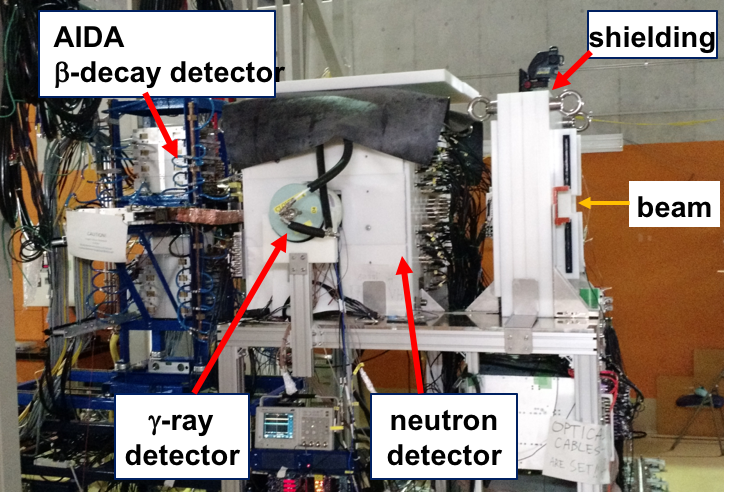
BRIKEN setup at the F11 experimental area of RIBF; a detailed description can be found in NIMA 925, 133.
Time-of-Flight Mass Measurements
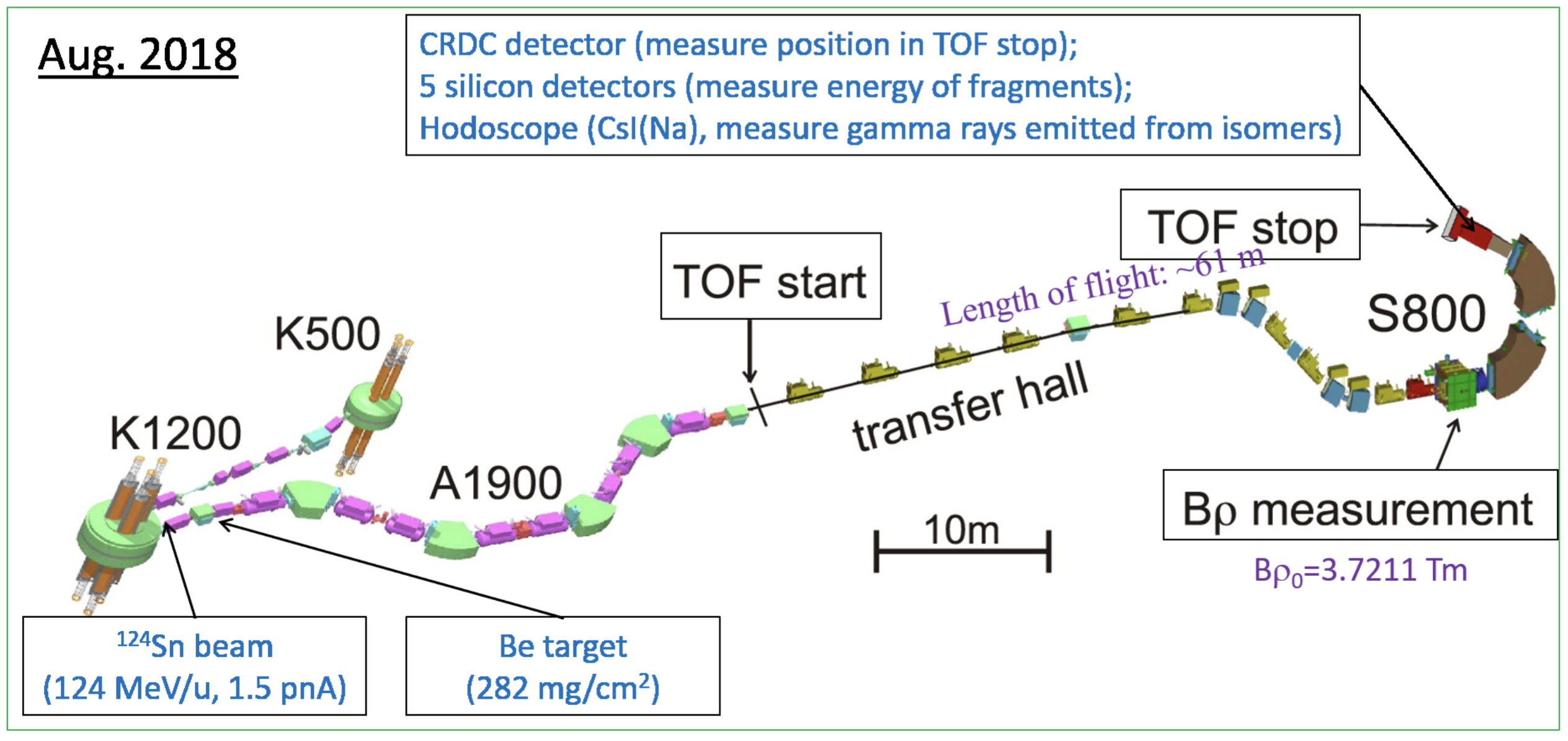
Experimental setup for TOF experiments at the National Superconducting Cyclotron Laboratory (NSCL) (NIMA 696, 171).
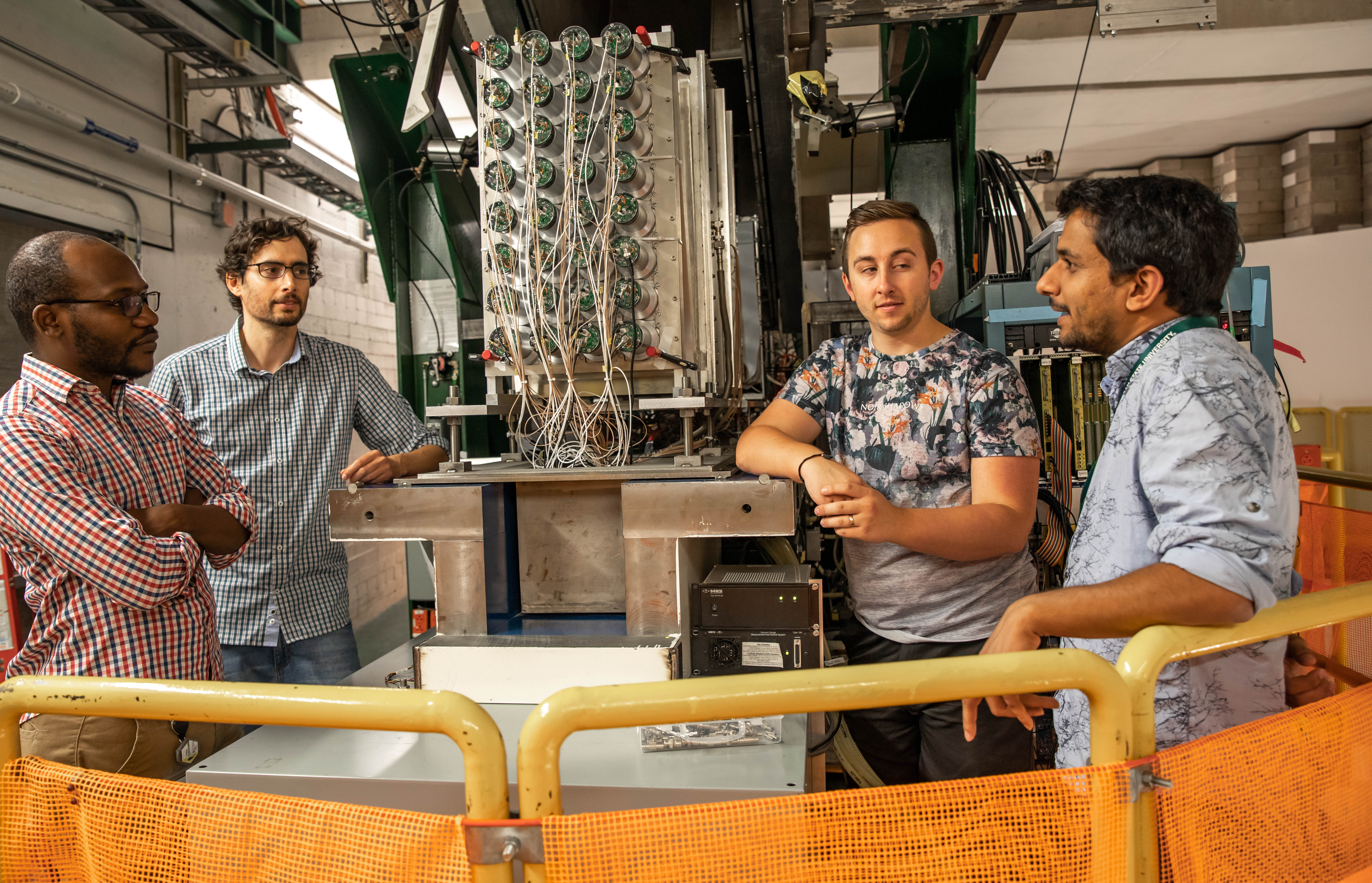
Discussing the preparations for NSCL experiment e12022 (August 2018), a collaboration that was lead by Prof. Mike Famiano of Western Michigan University.
Development of Radiation Detectors
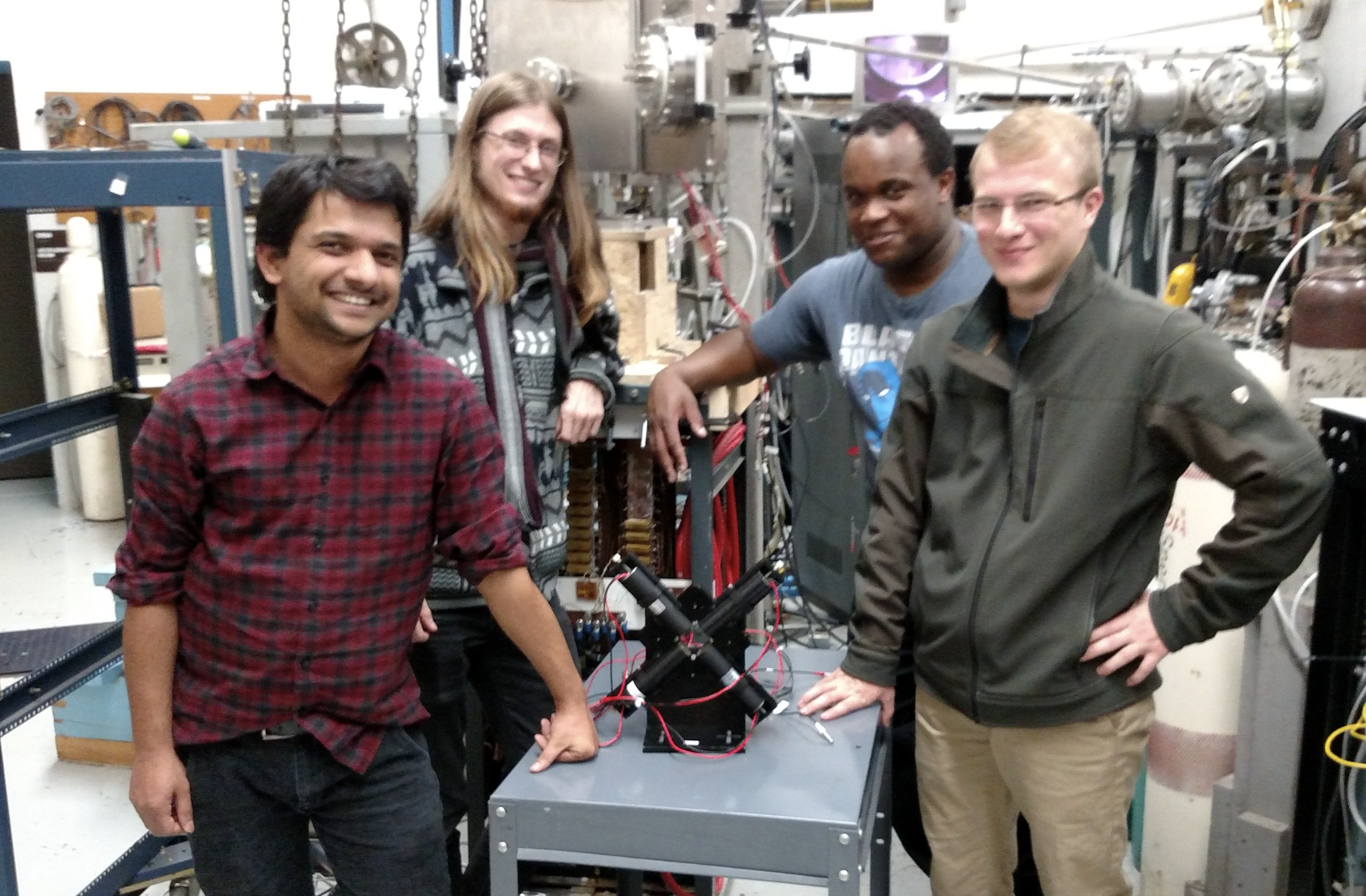
At CMU we have developed a new timing detector for TOF mass measurement experiments, with an intrinsic resolution bellow 10 picoseconds. The photo shows CMU and WMU students preparing to test the detector with a proton beam at the WMU tandem accelerator.

The Large Area Timing Scintillator detector (LAST) is a prototype for a time-of-flight detector under development for the focal plane of the S800 spectrometer of the National Superconducting Cyclotron Laboratory. We use a picosecond pulsed laser source at CMU to characterize the detector and optimize its design.
